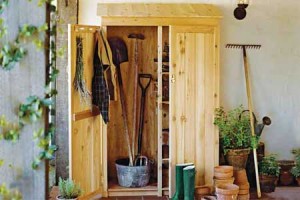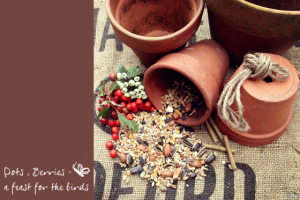Winterize Your Landscape
Living in Northern California, we are very fortunate to be able to enjoy warm temperatures usually through the end of November. But as the days get colder, we may feel tempted to curl up under a warm blanket in our living rooms and want to forget about our landscaping. The truth of the matter is, your garden needs some pampering to help it through the cold and stormy months ahead and get it in good shape for next spring. So let’s bundle up, spend some time outside and get your winter checklist out of the way.

Spice up your yard by planting your favorite bulbs now for colorful springtime blooms. The ideal time to do this is before the ground freezes (which can occur anytime in November depending on where you live). You can plant spring-flowering bulbs such as crocuses, daffodils, tulips and hyacinths as soon as possible. While you’re out there planting bulbs, look over your garden and remove dead plant material and cut all flowers and clear debris from the base of roses. Fallen rose foliage can give diseases a safe place to overwinter and create problems in your garden next year.
November is about the time lawns slowly start to recover from the stresses of the hot summer. Lawns should be aerated in the fall and early spring. This process loosens soil compaction and allows water, air and beneficial nutrients to get to the roots. Since grass grows more slowly in fall, it still needs to be cut to prepare for winter. Lowering the height on your lawn mower helps the soil dry out more quickly in spring.
Cut back herbaceous perennials, bushes and shrubs: When shrubs go yellow, their stems bend towards the ground or they start to go to seed, it is time to cut them down. This is because the plants are now drawing their sap back to their roots. If they are not cut down, they may decay.
Give all of your plants a good drink, especially your trees. Their roots need plenty of moisture to make it through the upcoming months.
Protect cold-sensitive plants such as your shrubs, roses, and perennials that might succumb to blasts of cold. You can protect them with mulch or another protective covering. Place these frost barriers after the first freeze.
Prepare your garden’s tools for a long winter’s rest: Scrub them clean, sharpen any dull blades and rub everything with oil to prevent rust. Drain water from hoses and sprayers. Drain and store gasoline and oil from power equipment, and disconnect spark plugs. Gather trellises, row covers and other materials you won’t need any more this season. Store everything in a covered spot.
 Don’t forget to feed the birds. Our feathered friends food supply grows scarce in the fall and winter months.
Don’t forget to feed the birds. Our feathered friends food supply grows scarce in the fall and winter months.
You can leave a response, or trackback from your own site. Back to Top
Leave a Reply





